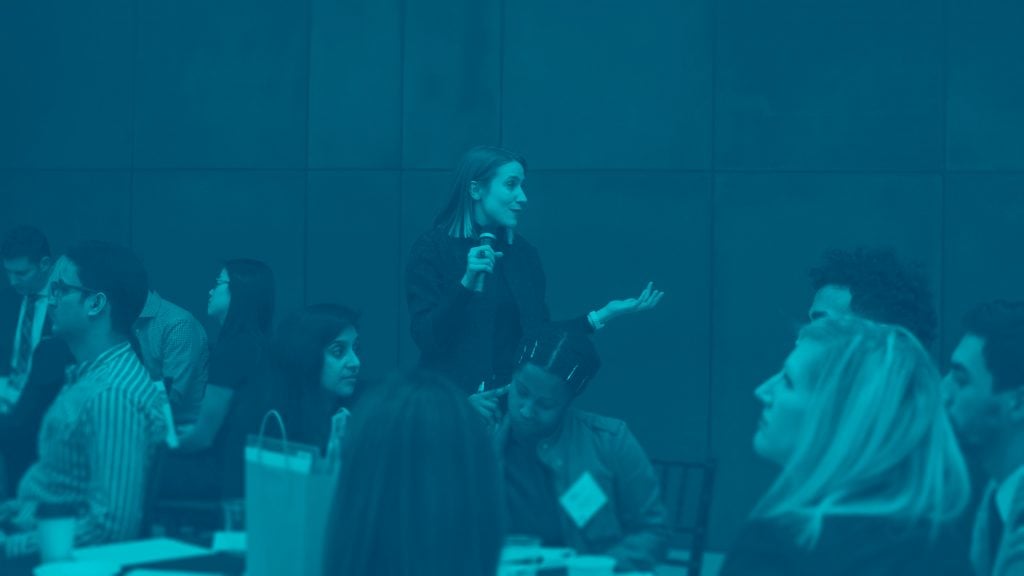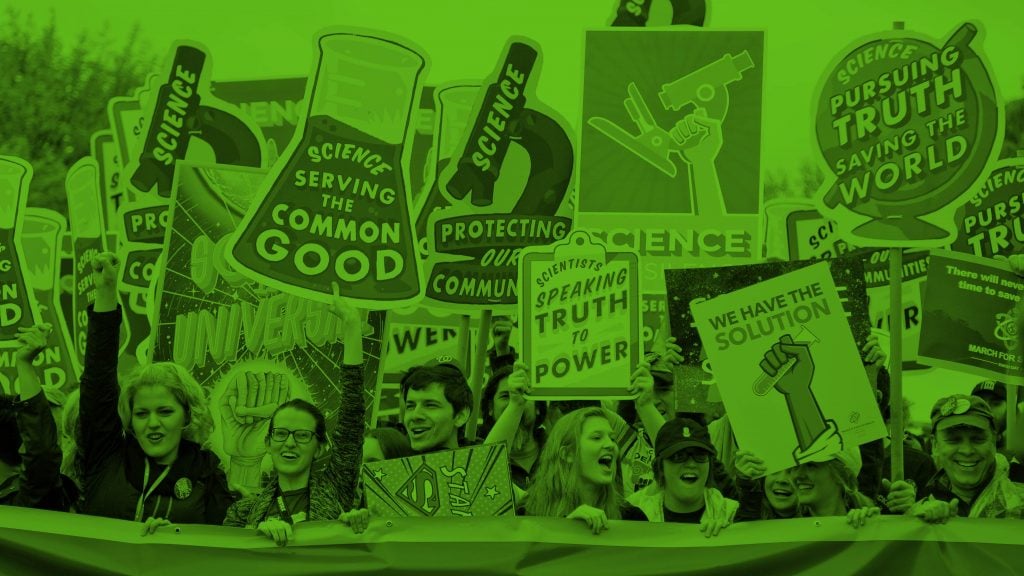Eradicating bias is one of the most discussed topics in research and practice on diversity. Corporations, governments, and academic institutions are looking for strategies to identify and remedy biased processes and behaviors that lead to discrimination. However, recent research has suggested that it’s extremely difficult to eradicate bias, particularly our own individual implicit biases.
Below, we’ve curated a collection of our best research and insights on this subject.
Unintended consequences of diversity statements
This three-part study looks at racial discrimination in the hiring process. The researchers explore how job applicants alter or remove information that may indicate minority racial identity when applying to employment positions to protect themselves against discrimination. The study finds that organizations that seek to challenge inequality by creating and using value statements may inadvertently be disadvantaging racial minority applicants. Job applicants, seeking to avoid discrimination, are less likely to whiten their résumés for employers they perceive as valuing diversity, but diversity statements and policies appear to have no effect on organizational bias against racial minorities in the hiring process.
Gender equality as an innovation challenge
Speaking at Canadian Tech@Scale, Sarah Kaplan argues for a Canadian–more inclusive–model of innovation ecosystems and superclusters. A model that deviates from the Silicon Valley model and the systemic inequalities it has yet to successfully address.







